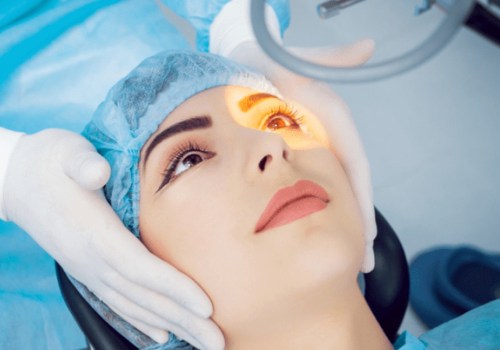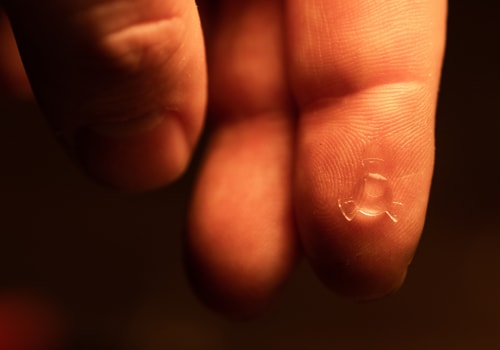Glaucoma is an eye disorder that causes damage to the optic nerve. Cataracts are a clouding of the lens of the eye. Depending on the severity of the cataract, surgery may be necessary to remove it. Treatment for glaucoma includes eyedrops, laser treatment, and surgery, such as LASIK eye surgery or PRK eye surgery. Both conditions are more common with age and can affect vision and quality of life. The best treatment option is individual and depends on the patient.
Patients with pre-existing glaucoma are at a higher risk for postoperative IOP spikes before cataract surgery, including those associated with LASIK eye surgery or PRK eye surgery. A comprehensive cataract surgery guide can help patients with pre-existing glaucoma understand their risks and prepare for potential postoperative IOP spikes before cataract surgery, as well as other treatments such as LASIK eye surgery. This cataract surgery guide can provide valuable information on how to reduce the risk of postoperative IOP spikes before cataract surgery, including those associated with PRK eye surgery. Some patients may be able to reduce their glaucoma medications while others may need to wait and see.
During long-term monitoring of eyes after cataract surgery, patients may have increased eye pressure, a condition known as glaucoma. This condition is caused by various causes, including inflammation, steroid use, and other conditions. These changes may be temporary or permanent. Studies have shown that the incidence of postoperative dislocations is rare but those with open-angle glaucoma (OAG) may experience an increase in anterior chamber depth (ACA). Therefore, it is important for patients to consult a comprehensive cataract surgery guide prior to undergoing cataract surgery in order to understand their risks and prepare for potential postoperative IOP spikes before cataract surgery, including those associated with LASIK eye surgery or PRK eye surgery. This cataract surgery guide can also provide valuable information on how to reduce the risk of postoperative IOP spikes before cataract surgery, including those associated with PRK eye surgery.
In a recent study of cataract patients with and without glaucoma, the incidence of increased eye pressure after surgery was not found to be significantly different between the two groups. Consulting a comprehensive cataract surgery guide can help patients understand their risks and prepare for potential postoperative IOP spikes before cataract surgery, including those associated with LASIK eye surgery or PRK eye surgery, as well as other treatments such as LASIK eye surgery which can help improve vision and quality of life for those who undergo it. significantly different. However, OAG patients showed an increase in ACA and mean depth increased in both groups. A paired t-test was used to compare presurgery and postsurgery data and results were analyzed by examining the correlation between the change in IOP and the change in ACD, foveal sensitivity, and mean deviation. The difference in ACD was not statistically significant but was associated with a decrease in mean deviation.



